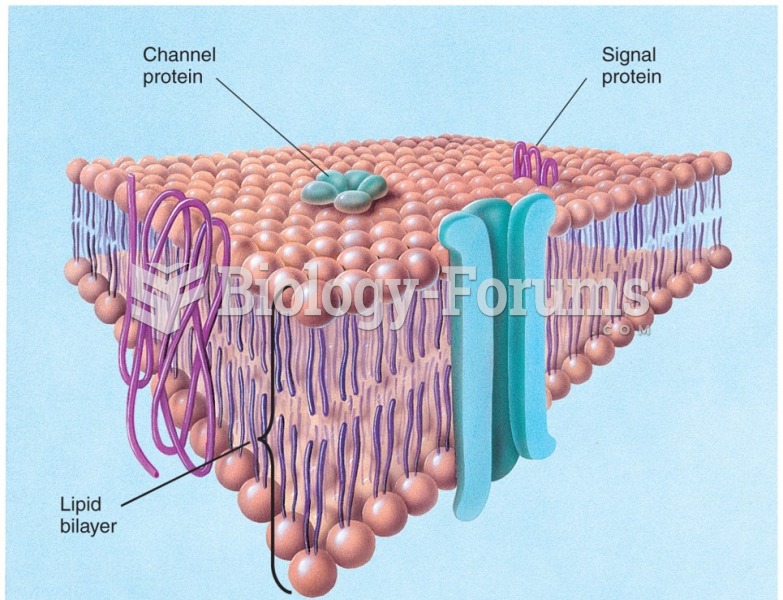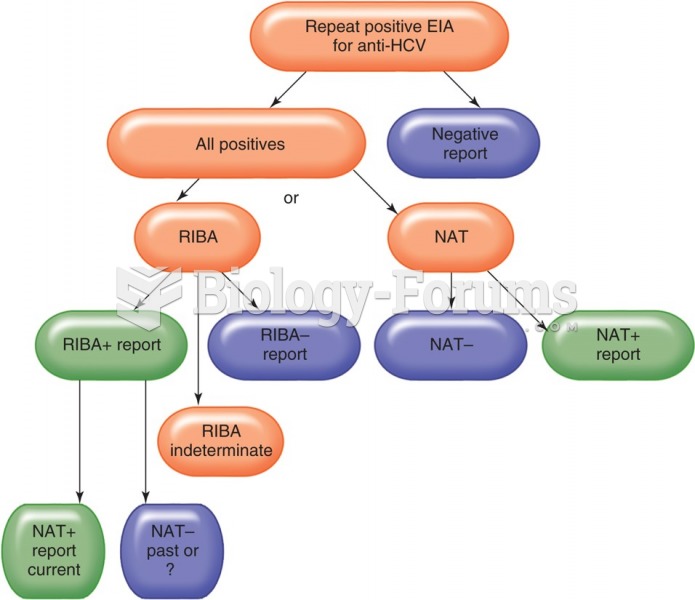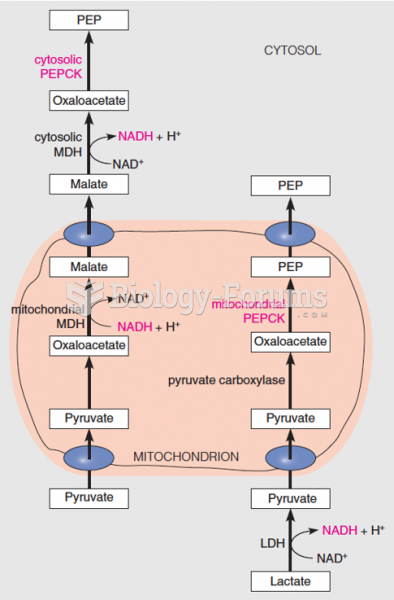Answer to Question 1
The term analog refers to a measure, form, or expression that is continuous and has a range of magnitude between one value and another. Temperature, for example, is analog. If we have a finely calibrated Fahrenheit thermometer, we could measure a continuous range of temperatures from 98.000 to 98.999. In fact, humans live in an analog world. Things such as smell, sound, and touch, as we experience them, are all analog. When using analog transmission, the signal sent over the transmission medium will continuously vary from one state to another in a smooth, wavelike pattern. An analog wave is capable of having an infinite number of values as it travels along its path. Analog communications are used extensively. Phones (both landline and cellular), modems, fax machines, cable television, and many other devices and network services are based on analog communications. In analog communications, signals flow across a copper wire in the form of electromagnetic waves. Analog signals can also use fiber-optic or wireless (e.g., radio, microwave, infrared) transmission media.
Answer to Question 2
A signaling method defines a set of rules for representing how a 0 or 1 is to be represented electromagnetically . A physical transmission medium connects the devices with the networks. However, the data are not always in a form that can be transmitted across the medium. For example, the data may initially take the form of a paper document, such as a sales invoice. Obviously, a paper document cannot be directly transmitted across a network in its original form. For that reason, the original data must be encoded into a form that the medium can support. The binary bits 0 and 1 are used to encode the data. However, our transmission medium is a physical path that conducts energy in the form of electromagnetic signals, not literally 0s and 1s. Therefore, these binary bits will have to be further transformed into electromagnetic form. This transformation turns the physical layer's data bit stream into energy in the form of electromagnetic signals. These signals may be either analog or digital. Let's look more closely at each type of signal representation, beginning with analog.







